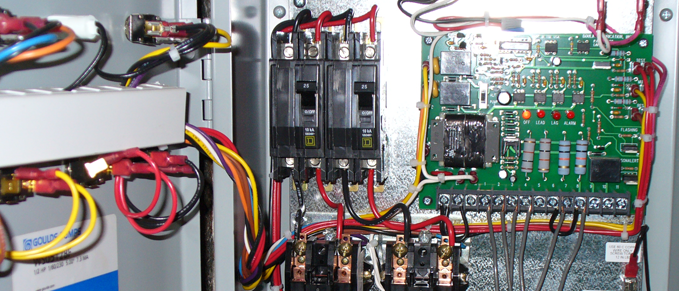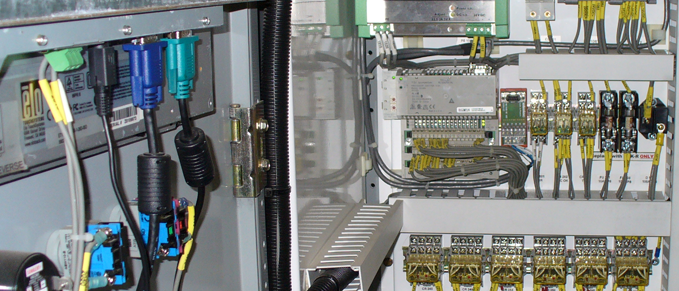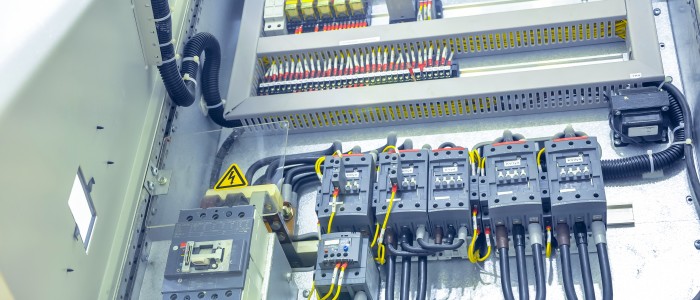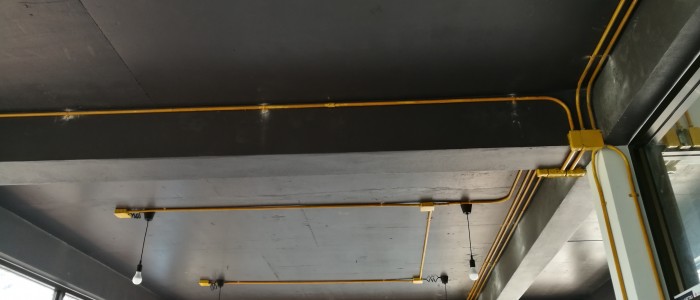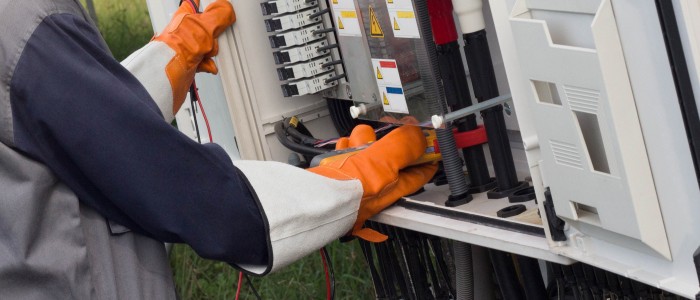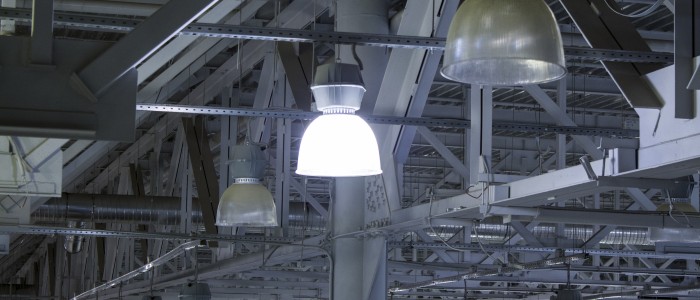If your business regularly uses bucket trucks for its electrical work or construction jobs, you probably already know how important proper safety and maintenance is. Before you assign your employee to complete a job using a bucket truck, consider the following common limitations that may put your workers at risk.
- Platform limitations. Bucket truck services in Philadelphia are often preferred for aerial work because they can maneuver into smaller spaces than cranes and safely hoist a worker and protect him or her from the wind. However, small bucket trucks may not be ideal for every job, as they provide limited room for movement and tool storage. Remember to never overload your bucket with either people or materials.
- Side reach. “Side reach” is a term that describes how far the boom of a bucket truck can move perpendicular to the body of the truck. Some bucket trucks offer 360-degree movement while others have a much more limited range. Make sure to consider your truck model’s side reach before sending it out on a job.
- Tail swing. “Tail swing” refers to how far the elbow of an articulated boom extends beyond the side or backside of the truck when the bucket is being deployed. Tail swing is necessary because it helps to keep the truck balanced and safe for the workers inside, but it can also easily cause damage to surrounding tools, trucks, or property. Carefully measure the truck’s tail swing and consider renting another model of truck if you need aerial work completed in a narrow space.
Have you noticed that your business’s bucket truck is showing one of these common concerns on a job site? Do you need another option for a particular project or a more experienced professional on the job? A-1 Electric is a certified third-party agency that offers bucket truck services in Bucks County. Give our team a call today at 800-401-6114 or browse our website to to learn more.





